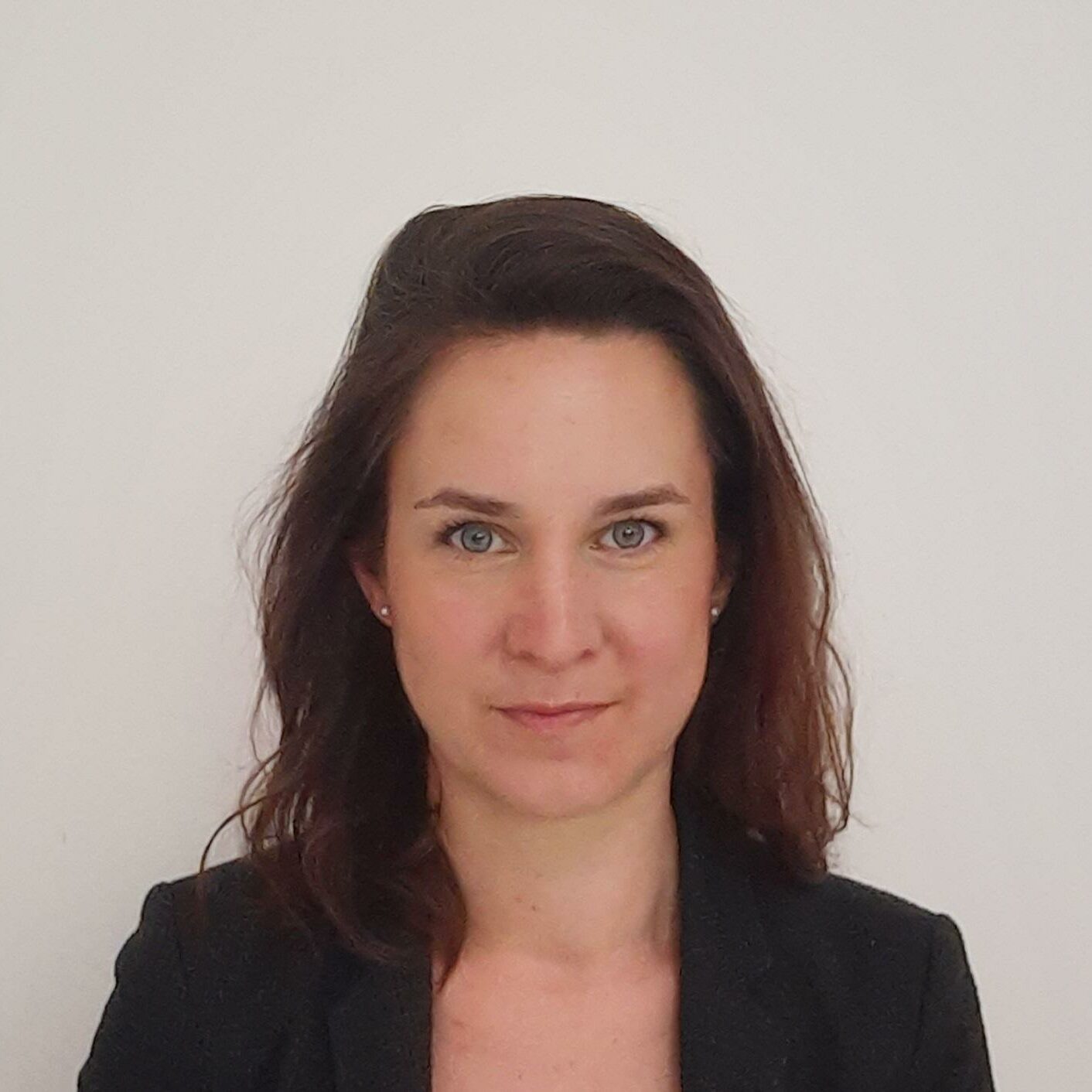
Audrey Nickel
Senior Patent Counsel
Nokia
Audrey Nickel is a European and German Patent Attorney as well as Senior Patent Counsel, based in Munich, Germany. She works at Nokia on a team that monetizes the world’s largest cellular standard essential patent (cSEP) portfolio, taking positions on validity and infringement of cSEP cases being litigated around the world. She is sole author of the legal handbook “US Patent Law for European Patent Attorneys, 3rd ed.” (2018).
Before joining Nokia, Ms. Nickel was in private practice for over a decade, at prestigious IP law firms in Munich, Germany and in her hometown of Cleveland, Ohio. Ms. Nickel holds a BS in Computer Engineering from Case Western Reserve University and an MS in Computational Science & Engineering from the Technical University of Munich.

Recent Articles by Audrey Nickel
The impact of the long-awaited launch of the Unified Patent Court (UPC) is hard to overstate. While litigators and patent portfolio managers are immediately feeling the impact in Europe, surprisingly, they should also expect an impact on information disclosure statement (IDS) strategy for U.S. patent applications. To understand the impact, this article provides a background on how the European Patent Office (EPO) and UPC consider earlier national rights, how patent applicants can address earlier national rights to prevent invalidation at the UPC, how earlier national rights identified in a European patent application can affect a U.S. application and should be addressed in an IDS, and how this information can be used for monetization and litigation.
We need to ask ourselves: what are the defining features of a “filler patent”? At least two things stand out. First, “filler patents” go through more rounds of prosecution than other patents. Secondly, the independent claims of “filler patents” are longer (have higher word counts) than other patents… A “round of prosecution” means an Office action from the USPTO and the applicant’s response. It is typical for “filler patents” to go through multiple rounds of prosecution, such as six or more rounds. At each round of prosecution, the claims are tailored, so that the scope of protection of the resulting patent is whittled down until essentially nothing is left. Then the application is allowed to issue.

![[IPWatchdog Logo]](https://ipwatchdog.com/wp-content/themes/IPWatchdog%20-%202023/assets/images/temp/logo-small@2x.png)